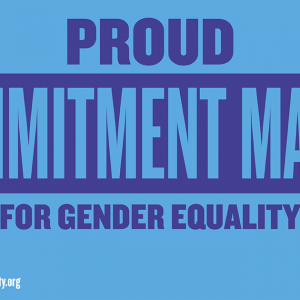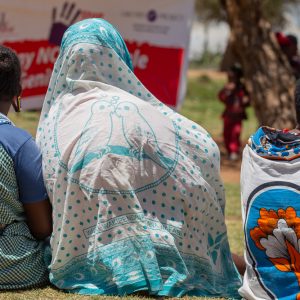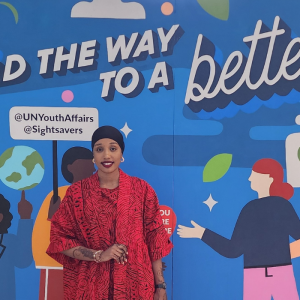Intensifying global efforts for the elimination of female genital mutilation
Orchid Project is working for a world free from female genital cutting and as such welcomes this draft resolution, put forward by the African Group for discussion at the Third Committee of the 67th United Nations General Assembly. We especially support the extensive work over many years carried out by organisations and activists from around the world in bringing the resolution to this point.
Orchid Project welcomes the draft resolution’s assertion that ‘the empowerment of women and girls is key to breaking the cycle of discrimination and violence and for the promotion and protection of human rights.’ We see opportunities where the draft resolution could be further strengthened in order that this empowerment is achieved.
Ending female genital cutting needs to be addressed as part of a holistic response to ending violence against women around the world. It also needs to be addressed as part of holistic programmes at the community level, as programmes which apply these approaches and address social norms are more effective, as stated in the UN Secretary-General’s Report on FGM to CSW 56 [1].
Orchid Project also welcomes the draft resolution’s assertion ‘that a tremendous gap in resources continues to exist and that the shortfall in funding has severely limited the scope and pace of programmes and activities for the elimination of female genital mutilation.’ We therefore strongly support paragraphs 14 and 17 of the draft resolution which call upon states and the international community to allocate sufficient and increased resources.
Key points for consideration
– The draft resolution states that three million girls are at risk of being cut each year. This number is based on data taken only from African countries (WHO). The resolution would be strengthened by asserting this, and including a statement that the true number of girls at risk is unknown, but is likely to be much higher, due to lack of data from countries outside Africa. Paragraph 13 could therefore be strengthened to include an assertion that the figure reflected is from Africa alone and that data from outside Africa needs to be improved
– Paragraph 16, calling upon States to support programmes related to an alternative livelihood for traditional practitioners of female genital mutilation, should be altered. States should be expressly encouraged to support holistic programmes that help social norms to shift, without necessarily naming any agent group within the system that upholds FGC. Offering alternative livelihoods to practitioners has proved unsuccessful as it does not lead to a commensurate decrease in community demand for cutting [2]. Practitioners should be part of any holistic programme addressing ending FGC, just not expressly targeted as one group for consideration.
– Paragraph 18 calls upon the international community to support a second phase of the UNICEF/UNFPA Joint Programme on FGM/C. In addition, States should be encouraged to join the Donor’s Working Group on FGM/C and sign up to its ‘Platform for Action: towards the abandonment of FGM/C’ (December 2008)
– Paragraph 19 – The draft resolution is currently lacking a clear explanation of why female genital cutting persists globally. As stated in the UN Secretary General’s Report on FGM to CSW 56 [3], there is a need to address female genital cutting as a social norm and to empower communities to achieve sustained social change. It would therefore be appropriate for this paragraph of the current draft resolution to be amended to take into account this report to CSW 56, and to acknowledge the need to address FGC as a social norm.
[2] ‘Mali, Female genital cutting: Excisors persist despite entreaties’ Population Council, 2000. See also Toubia N.F, Sharief E.H ‘Female genital mutilation: have we made progress?’, in the International Journal of Gynecology and Obstetrics 1998 and Mackie G., ‘Female genital cutting: the beginning of the end’ 2000






